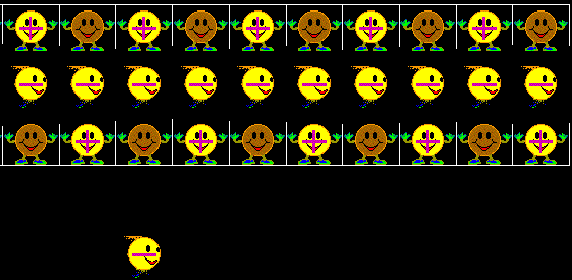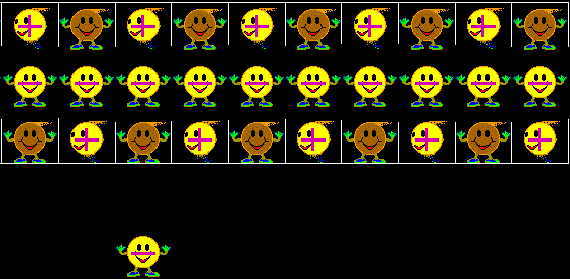
| Conductor current in a wire |

|
|
Magnetic field B near long wire. |

|

|

|
|
electrostatic requirement |
|
magnetic requirement |
 Perhaps the concept is easier to visualize if the observer speed is half the drift speed to the right.
Now the negative charge carriers are moving with half the drift speed to the right;
Perhaps the concept is easier to visualize if the observer speed is half the drift speed to the right.
Now the negative charge carriers are moving with half the drift speed to the right;|
|
|
|
|
|
|
speed of transmission |
|
Hall effect |
|
|